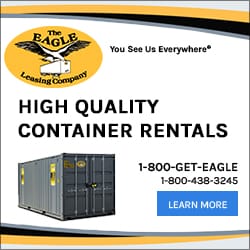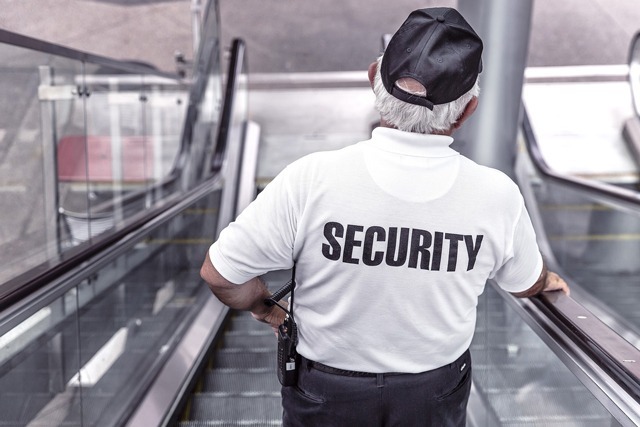
Portable storage units are a convenient and flexible solution for adding an extra layer or security to your belongings. However, keeping your items secure requires more than just loading them into the container. By implementing proper safety measures, you can protect your stored items from theft, damage, or environmental hazards. Here are essential tips to help you secure your portable storage units effectively.
1. Choose the Right Secure Location
Where you place your storage unit plays a significant role in its security.
- Opt for Visibility: If possible make sure the area around the storage container is well lit. Being able to see will help prevent injuries as well as deter intruders.
- Flat, Stable Surface: Ensure the ground beneath the unit is level and firm to prevent shifting or sinking. Commonly railroad ties, wood or other dunnage is used to protect the delivery site and container.
- Away from Vulnerable Areas: Avoid placing the unit near fences or structures that intruders could use to gain access.
- Plan Ahead: It is important to make sure that your container remains accessible for pickup at the end of the rental. Avoid placing the container in an areas that will become inaccessible such as areas with septic, sprinkler systems, fences or landscaping.
Pro Tip: If possible, install your storage unit within a gated area or monitored facility for added protection.
2. Invest in High-Quality Locks
Not all locks are created equal. Choose the lock which offers the protection you need.
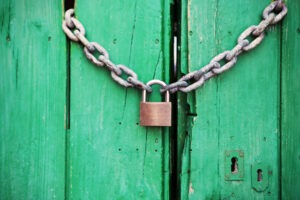
- Eagle Lock®: A heavy duty 13-lb lock that extends around the locking bar securing the container in place and wraps around the two door bars. The most secure option for security.
- Disc Locks: These locks are highly resistant to cutting or tampering, making them an effective choice for security.
- Lock Boxes: Consider units with built-in lock boxes to protect your locks from bolt cutters.
- Keyless Options: For added convenience and control, explore advanced keyless locks that use codes or smartphone apps.
Pro Tip: Be sure to install your lock with the keyhole facing down. Facing the keyhole up will allow water to enter the lock.
3. Maintain Regular Inspections
Routine maintenance can help you spot vulnerabilities before they become a problem.
- Inspect Doors and Hinges: Check for rust, damage, or weak points that could make the unit easier to breach.
- Seal Integrity: Ensure the unit’s seals are intact and doors are kept closed to keep water, pests, and dirt from entering.
- Clean Regularly: Remove debris from around the unit to discourage pests or intruders.
Pro Tip: Keep a checklist for regular inspections to ensure no detail is overlooked.
4. Organize, Secure and Protect Your Items
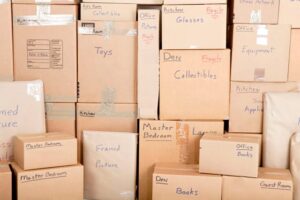
Properly organizing and storing your items inside the unit can enhance security and protection.
- Use Shelving: Add shelves to maximize space and keep items off the floor, reducing the risk of water damage or injury.
- Cover Valuables: Use tarps or covers to conceal valuable items from view when the doors are open.
- Distribute Weight Evenly: Ensure the unit is evenly loaded to avoid tipping or structural strain.
Organization: Label your boxes and keep similar items together.
5. Consider Additional Security Measures
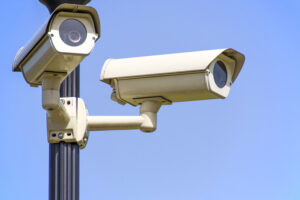
For high-value items or long-term storage, adding extra layers of security is a smart move.
- Surveillance Cameras: Install a camera to monitor the unit, especially if it’s in a remote location.
- Alarm Systems: Many storage units are compatible with motion-detection alarms to alert you of unauthorized access.
- Lighting: Use motion-activated lighting around the unit to deter intruders at night.
Pro Tip: Notify local authorities or security personnel if you suspect any unusual activity near your storage unit.
6. Secure Access Permissions
Limit access to your storage unit to trusted individuals.
- Track Keys or Codes: Keep a record of who has access to the unit and update access codes periodically.
- Don’t Share Access Information Publicly: Avoid discussing the contents or location of your unit with anyone outside of your trusted circle.
7. Consider Contents Insurance
Even with the best security measures in place, unexpected events like theft, fire, or natural disasters can still occur. Protecting the value of your stored items with contents insurance adds an extra layer of security.
- Evaluate Coverage Options: Check if your homeowner’s or renter’s insurance policy covers items stored offsite. If not, consider purchasing additional coverage.
- Specialized Insurance: Explore insurance plans designed specifically for storage units to cover high-value or sensitive items.
- Document Your Belongings: Keep an updated inventory of the items in your storage unit, along with photos and receipts, to simplify the claims process if needed.
Pro Tip: Review your insurance policy regularly to ensure it reflects the current value and type of items you’re storing.
Conclusion
Securing your portable storage unit doesn’t have to be complicated, but it does require consistent attention to detail. By choosing a secure location, using high-quality locks, performing regular maintenance, and implementing additional security measures, you can safeguard your belongings with confidence.
Need a secure and reliable storage solution? Contact us today to explore our range of portable storage units and discover how we can help protect what matters most to you.





